Why you must visit Mount St Helens — and do it while you can
THE eruption of this volcano was one of the most devastating natural disasters of all time. Now the site offers a stunning surprise — for now.
“THIS must be what the moon looks like.”
They’re the words I wrote in my journal in August 1987, after my first visit to the blackened wasteland that was the smoking remains of Mount St Helens.
It was only seven years after the volcanic mountain in the US state of Washington had spectacularly erupted on May 18, 1980, when 400 metres of the north face blew apart, causing the biggest landslide ever recorded. It sent ash 24 kilometres into the sky, showering it across the US and Canada, and around the world.
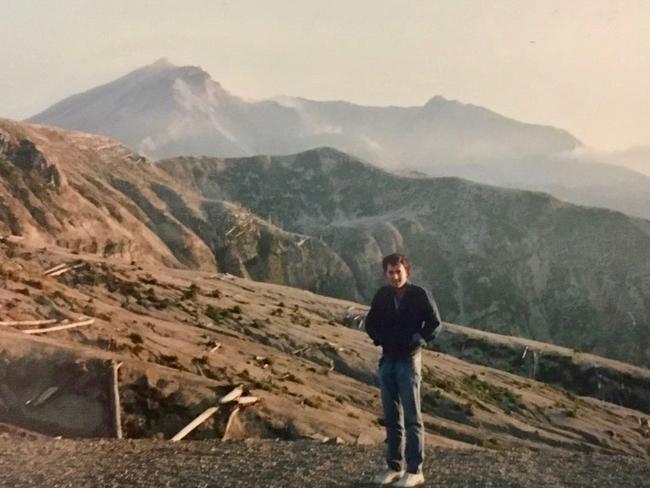
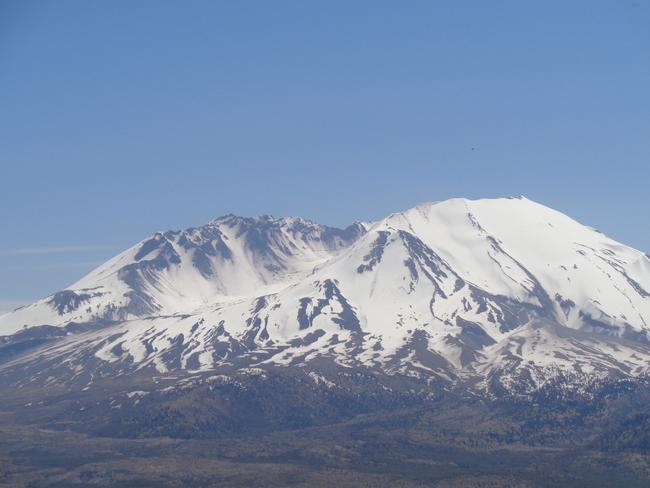
The enormity of the blast was estimated to be 1600 times that of the bomb that destroyed Hiroshima, and was heard for hundreds of kilometres. The devastation claimed 57 lives and destroyed an enormous area of Washington state.
What I recall most from that 1987 visit to the “Blast Zone” was the thick blanket of ash that still covered everything, the hundreds of thousands of scorched trees flattened like matchsticks and a colossal mountain that had the side ripped out of it. Most menacing of all was a plume of thick smoke rising out of the top of the shattered rim.
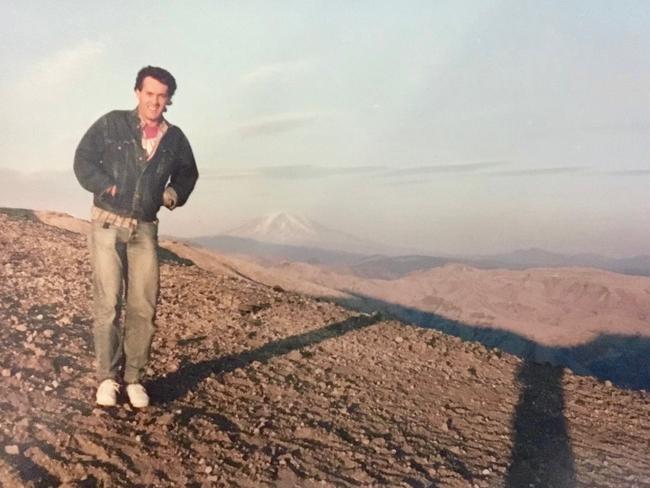
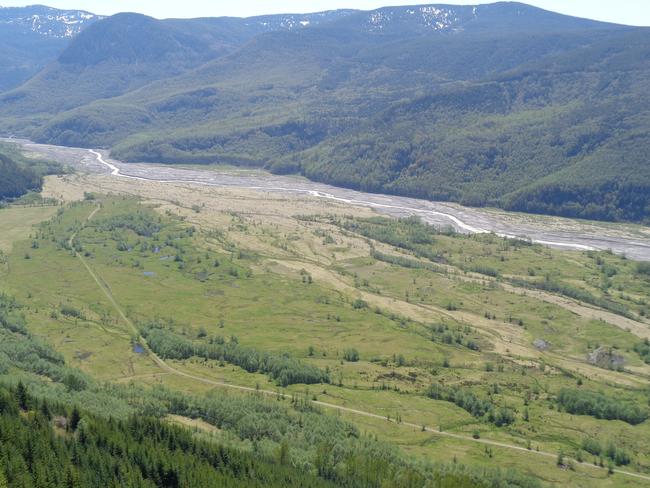
Reports at the time called it a “lunar landscape”; a stark black landscape with no sign of life anywhere. Estimates claimed it would take generations for the devastated area to recover.
Not quite, as I discovered just months ago when I returned to the area.
Clearly, nature been hard at work throughout the Blast Zone. Driving along the same mountains roads is now a barely recognisable but magnificent terrain of forested mountainsides, green slopes, sparkling lakes and snow-capped mountains.
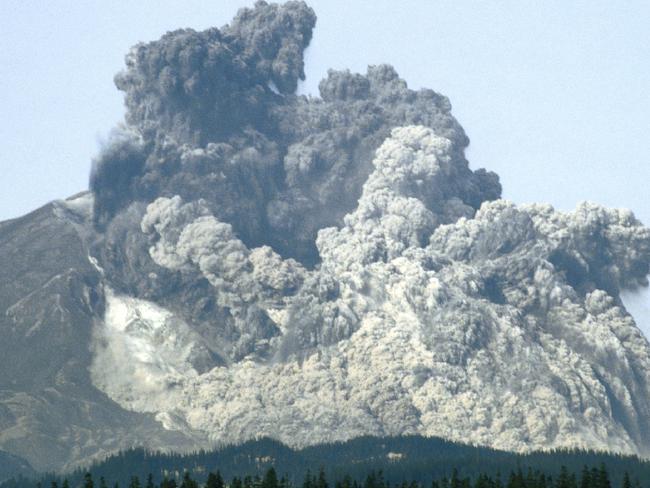
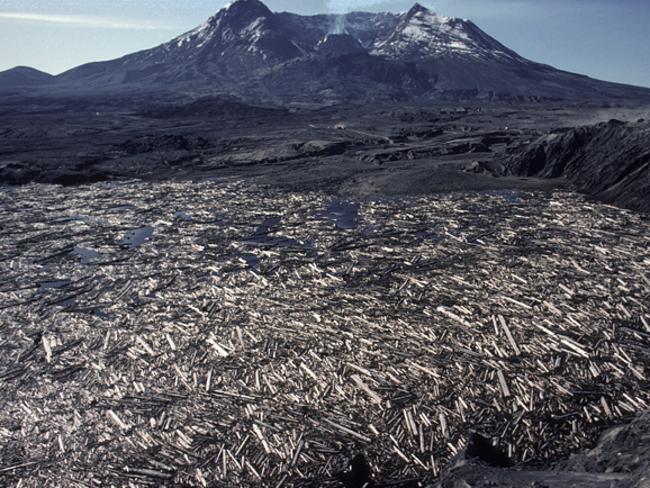
And taking centre stage is the ruins of the 2500 metre mountain, showing off the enormous scar down one side as a main attraction.
What emerged out of the ashes is the beautiful — and popular — Mount St Helens National Volcanic Monument, an easy three-hour drive from Seattle or 90 minutes from Portland. Visitors head here to marvel at the magnificence that was, only a few decades ago, an area of devastation.
All that rich, thick ash that covered everything was obviously good for something, as plant life returned — in abundance.
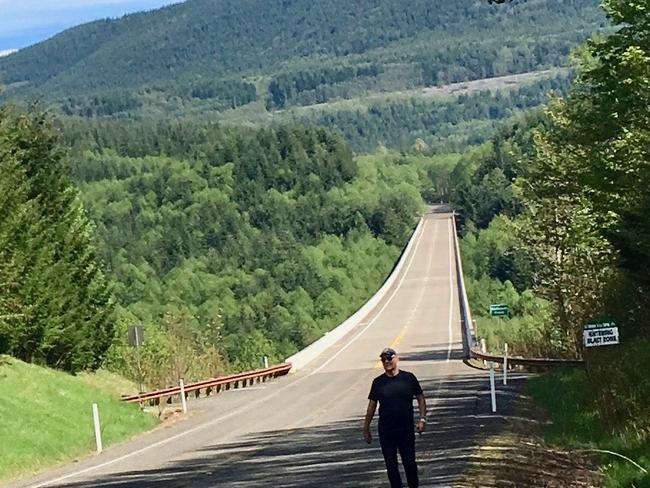
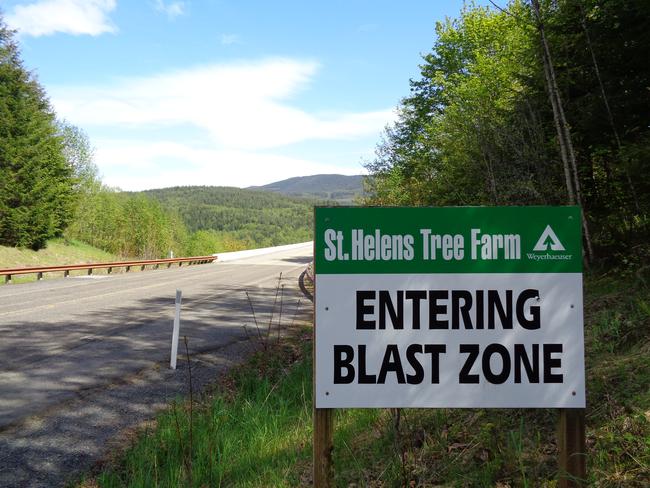
Adding to the dramatic beauty is the 8 kilometre-long Coldwater Lake, once a tiny creek dammed by the landslide. The crystal-clear lake is a popular spot for picnics, hiking and boating.
The brave can climb to the top of the rim, but entry into the crater is forbidden.
Due to the popularity, along with the rough terrain, climbing permits are essential, with only 100 climbers allowed per day. Most climbers complete the round trip in 7 to 12 hours.
And as for that menacing plume of smoke, sometimes it’s there, other days it’s perfectly clear — as it was on my new visit.
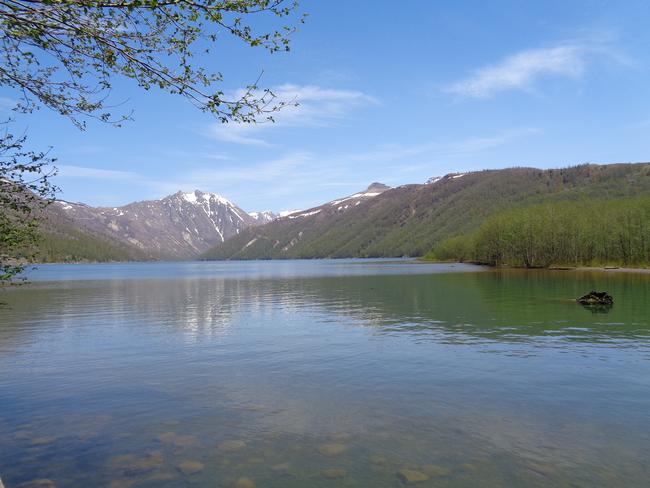
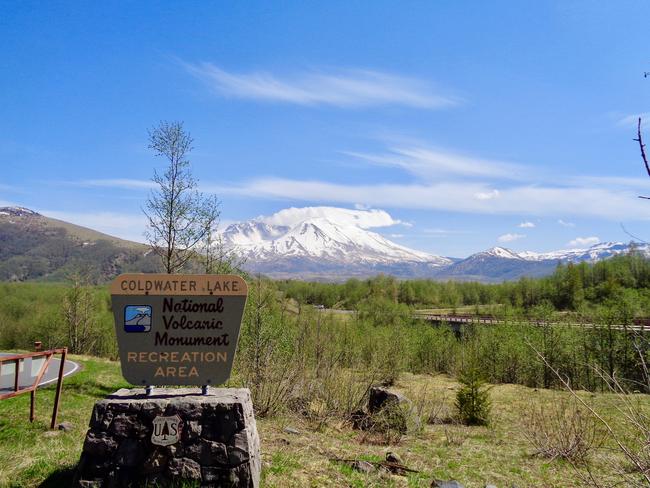
While this beauty is all very nice, it needs to be put into context for the real drama to be revealed. And that’s why it’s important to stop in on the way up at the Mount St Helens Visitor Center at Silver Lake, near the Interstate 5 turn off.
The displays, images and archival footage reveals the full story of how the mountain that had been a dormant volcano for 123 years suddenly sprang back into life in 1980 with a series of tremors and earthquakes. Over the frenzied nine hours of eruptions, an estimated 540,000,000 tons of ash fell over 11 US states and five Canadian provinces.
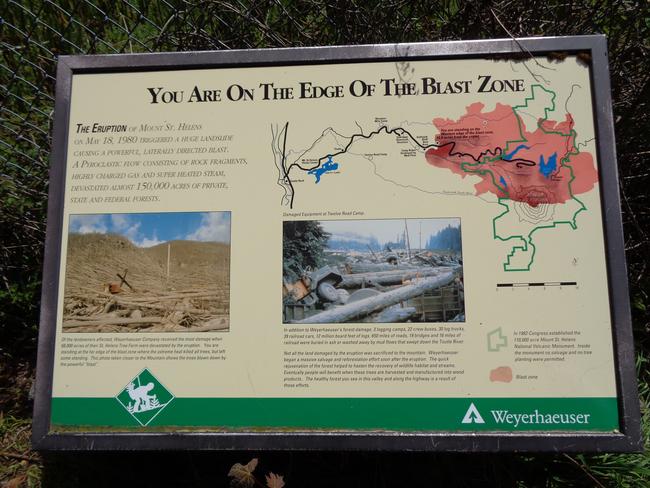
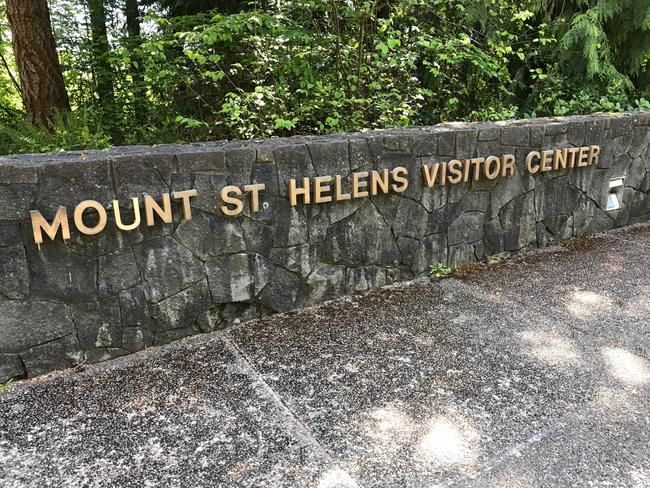
The story continues further up the road, in the very heart of the Blast Zone, at the David Johnston Observatory which offers the best views directly into the crater. This building was named in memory of volcanologist David A. Johnson, who was atop the ridge on that fateful day and sent through the first warnings as the mountain erupted.
It’s likely the last thing Johnston ever saw was a huge wave of earth, rock, and ash along with the heat cloud, rushing toward him. His body was never found, the same with most of the 57 people who died that day.
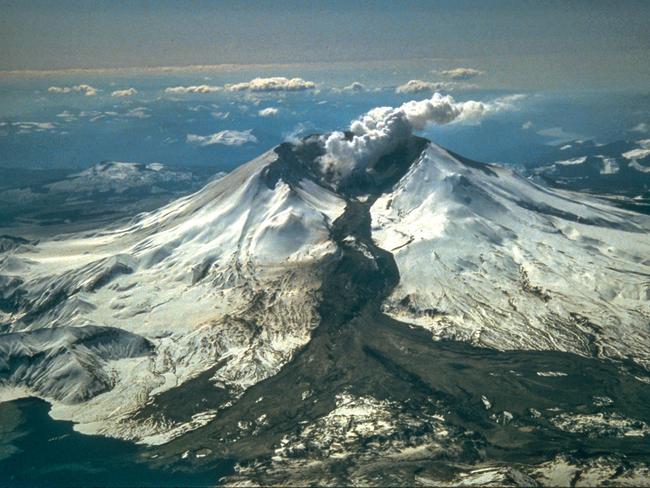
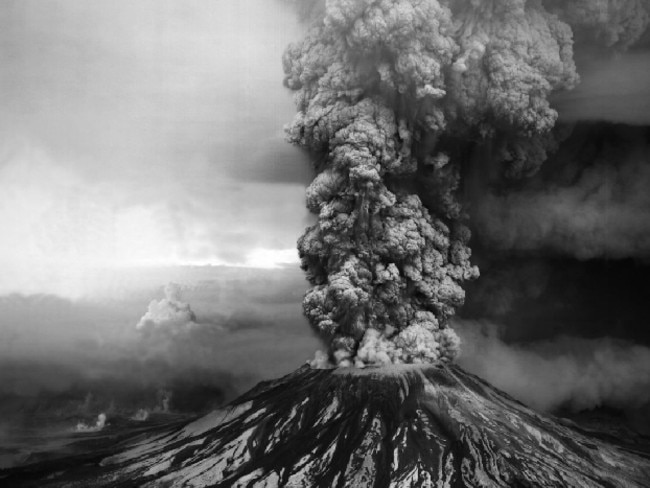
Further away from the blast was photographer Keith Ronnholm, who captured some of the most dramatic surviving images, which shows the mountain collapsing and exploding in vivid detail.
All those images are today in stark contrast to the beautiful, snow and green covered slopes of the giant colossus that dominates the skyline.
Mount St Helens has continued to rumble ever since, roaring spectacularly back to life from 2004 to 2008 in one continuous eruption that built up a new lava dome.
In April and May of this year, the titan roared again with a series of tremors, and some experts are now warning the volcano is at its most active in years, and another explosion could happen at any time.
The mountain is closely monitored these days, so ever in the case of a high rating of activity, all the tourist drives and centres would be shut. But with all the warning signs Mount St Helens has been sending, a new eruption seems almost inevitable.
Be sure to visit before she blows her top — again.



